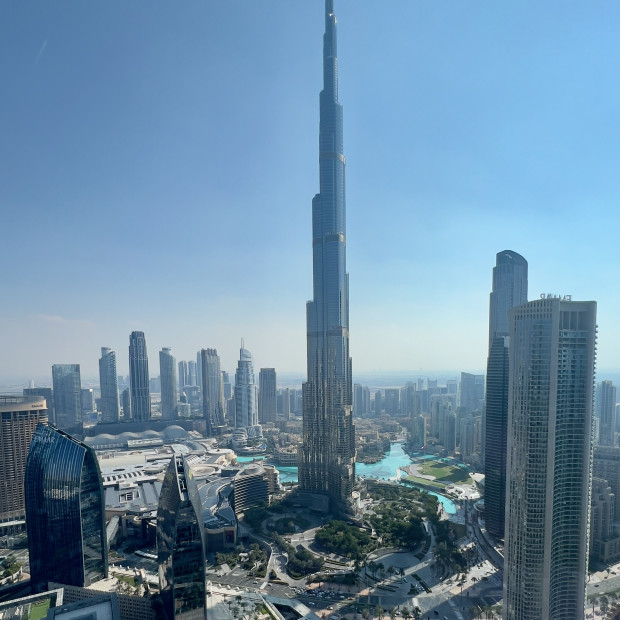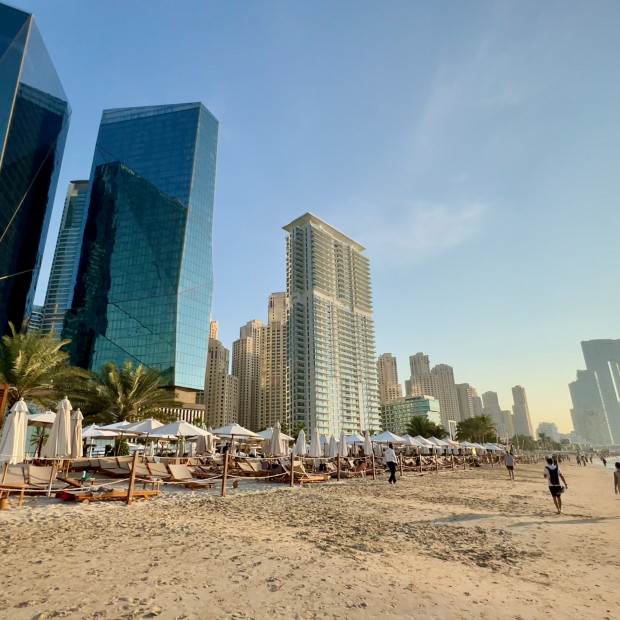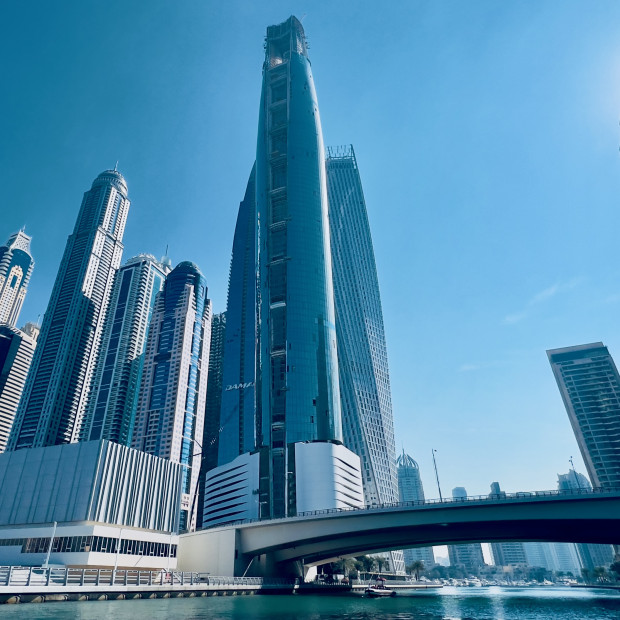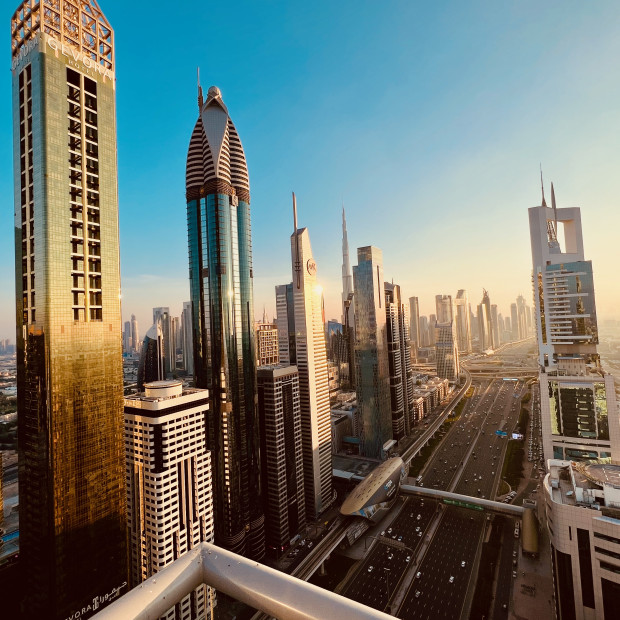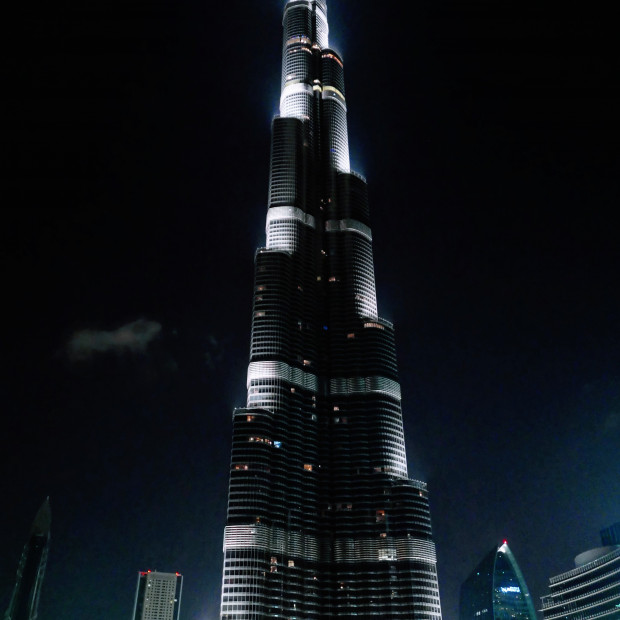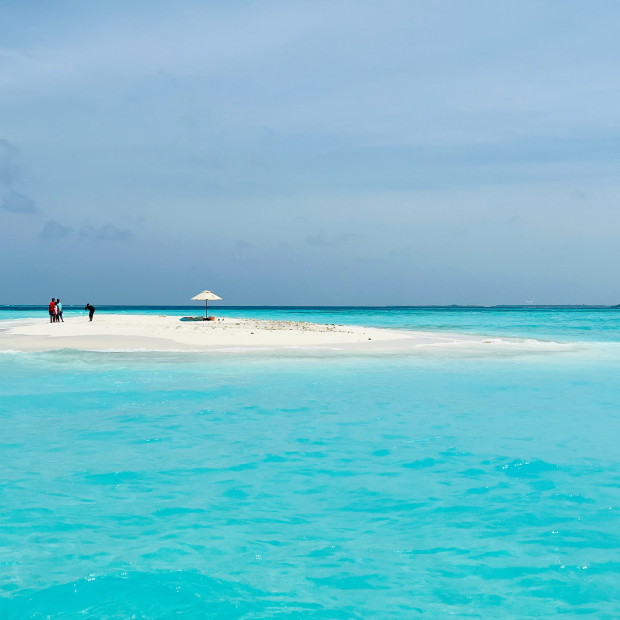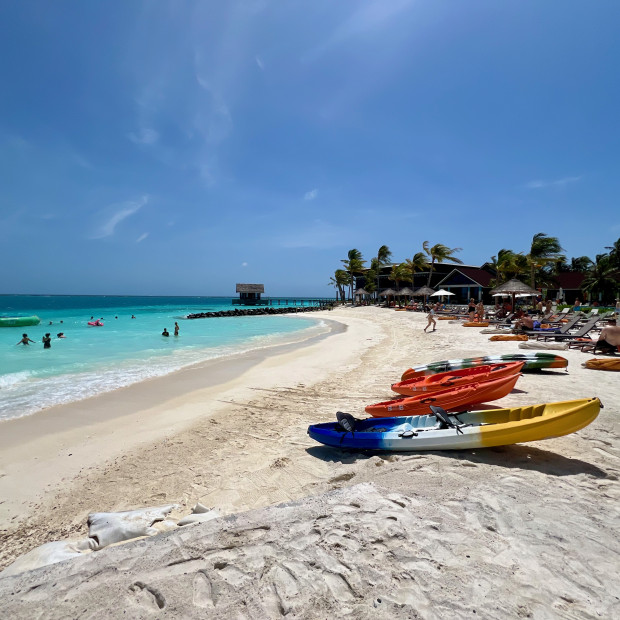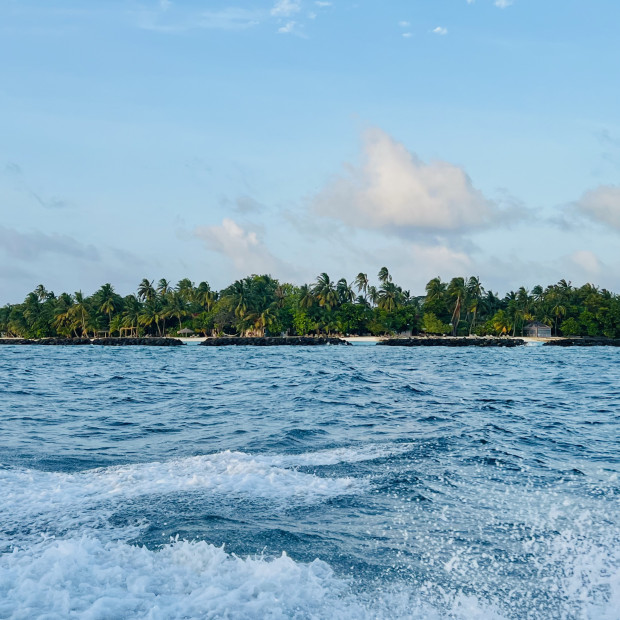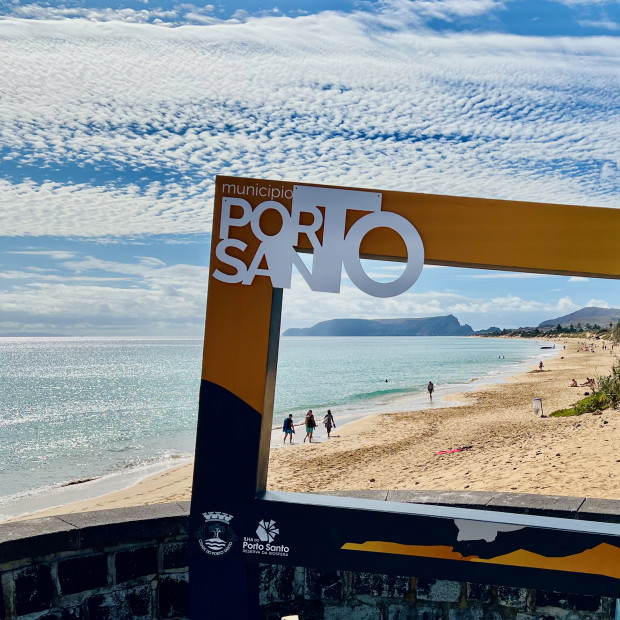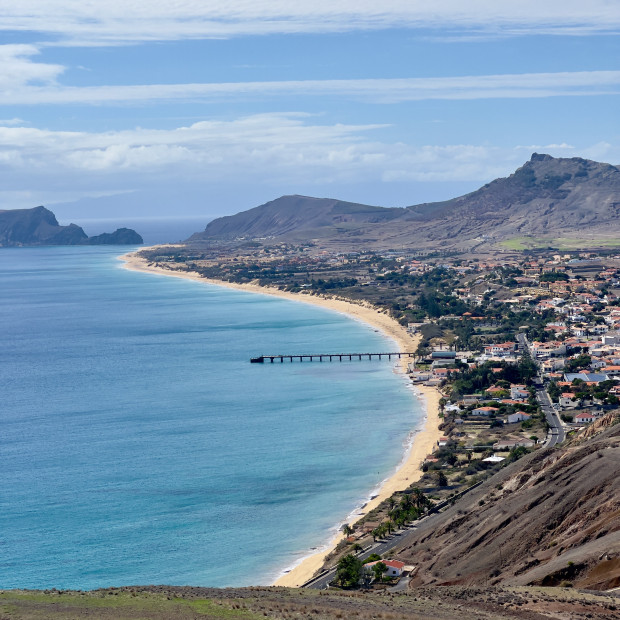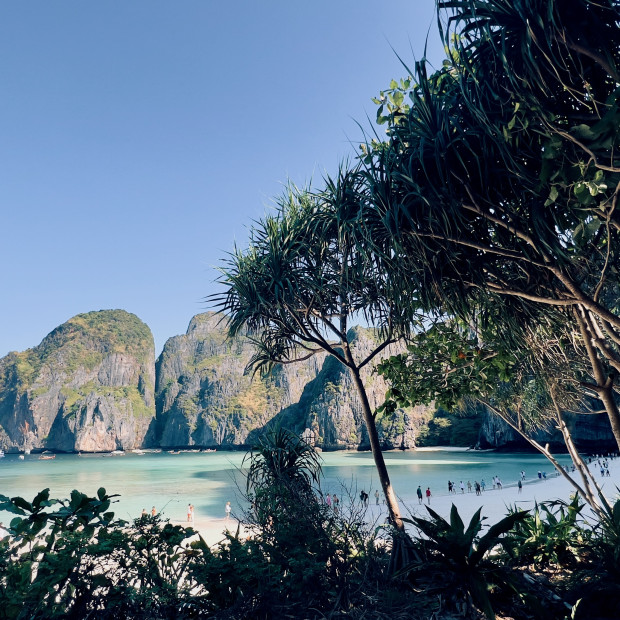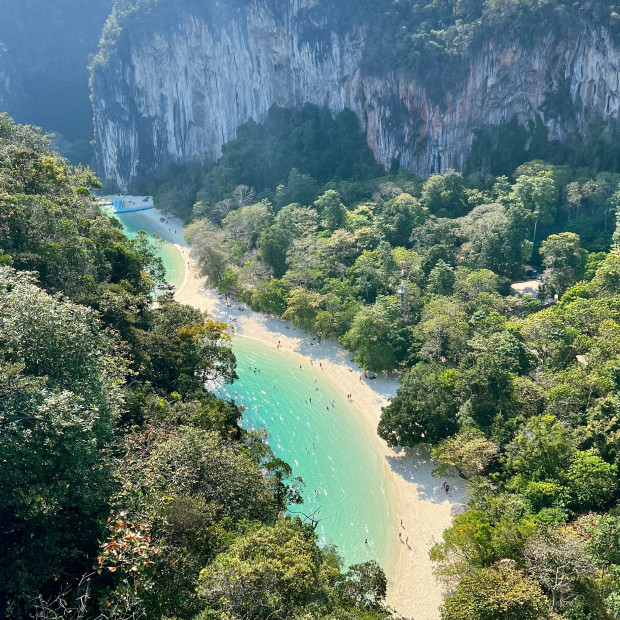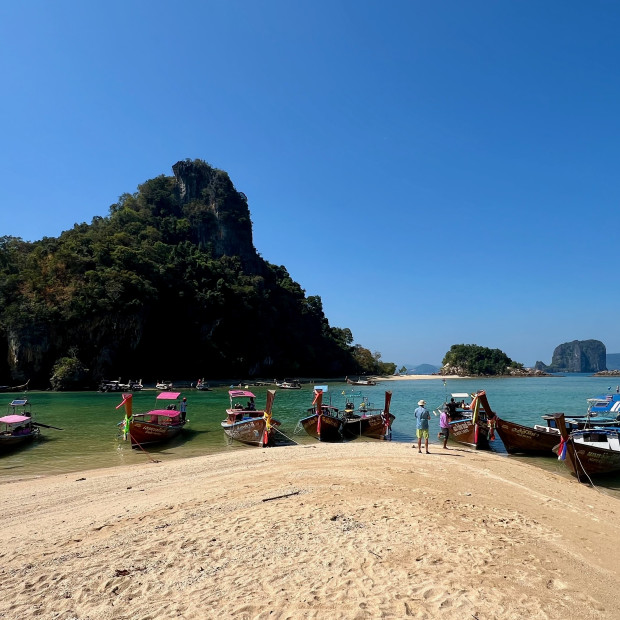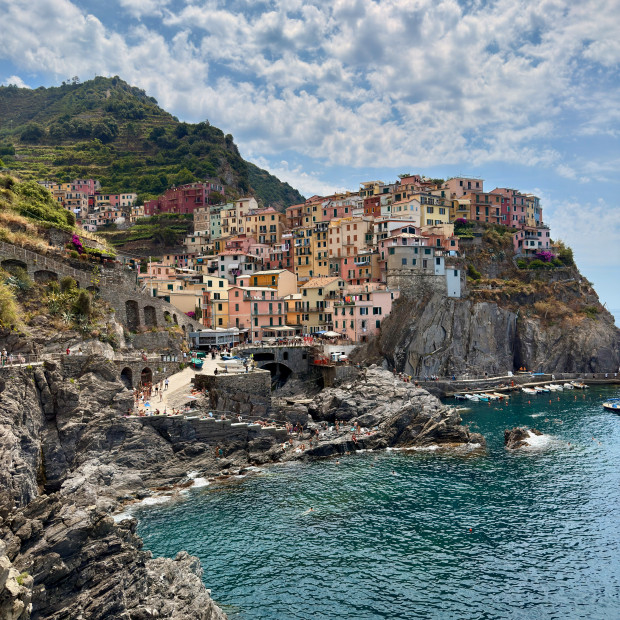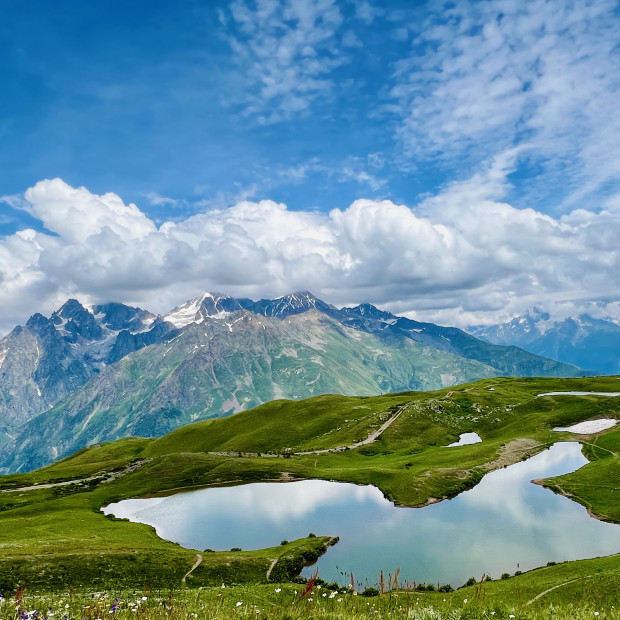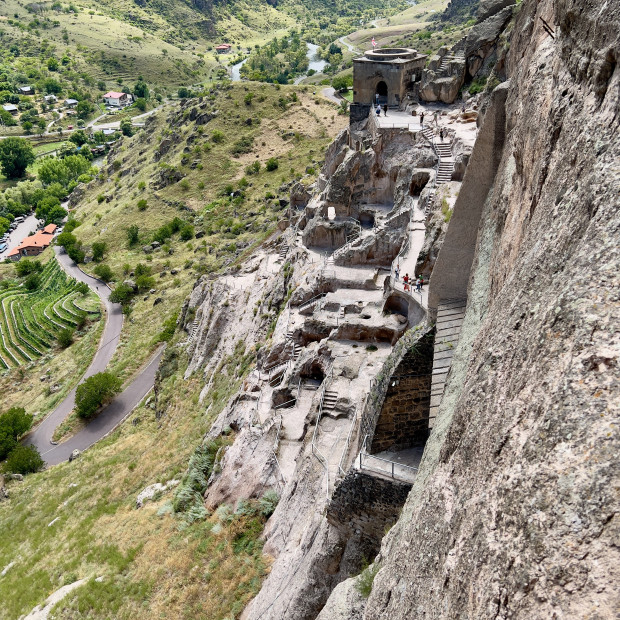About this place
The Palm Jumeirah, an iconic and ambitious real estate development in Dubai, United Arab Emirates, represents one of the most remarkable feats of engineering and construction in the 21st century. Shaped like a palm tree when viewed from above, this man-made island extends into the Persian Gulf, embodying Dubai's luxury lifestyle and its status as a global hub for innovation and tourism.
Development and Construction
Initiated by Nakheel Properties, a Dubai government-owned company, construction of The Palm Jumeirah began in 2001 and involved the use of land reclamation techniques to create the island's palm tree-like structure. The project was designed to increase Dubai's shoreline and provide a unique residential and tourism destination. The construction process involved the strategic placement of millions of cubic meters of rock and sand, which were meticulously positioned to form the Palm's trunk, 17 fronds, and surrounding crescent, which serves as a breakwater.
Architectural and Environmental Considerations
The Palm Jumeirah has been engineered with attention to sustainability and environmental impact. The breakwater crescent was designed to protect the island from storms and erosion while ensuring the circulation of seawater within the development to maintain marine life health. The project's scale and ambition required innovative solutions to challenges related to marine engineering, construction on reclaimed land, and ecological preservation.
The island is home to thousands of residences, ranging from luxurious villas on the fronds to high-rise apartment buildings along the trunk. The Palm Jumeirah also features a wide array of hotels, resorts, restaurants, and entertainment venues, including the Atlantis, The Palm resort, which has become synonymous with the island. These developments offer unparalleled views of the Dubai skyline and the Persian Gulf, making The Palm Jumeirah a coveted location for residents and tourists alike.
Impact and Legacy
Since its completion, The Palm Jumeirah has had a significant impact on Dubai's landscape, economy, and global reputation. It has contributed to the city's tourism industry by attracting millions of visitors each year to its hotels, beaches, and attractions. The project has also set a precedent for large-scale land reclamation and creative urban planning, inspiring similar developments around the world.
Accessibility and Experiences
The Palm Jumeirah is accessible by the Palm Jumeirah Monorail, which connects the mainland to the Atlantis hotel, as well as by road through a tunnel and bridge system. Visitors and residents can enjoy a variety of experiences, from relaxing on pristine beaches and dining in world-class restaurants to exploring aquatic theme parks and shopping in exclusive retail outlets.

